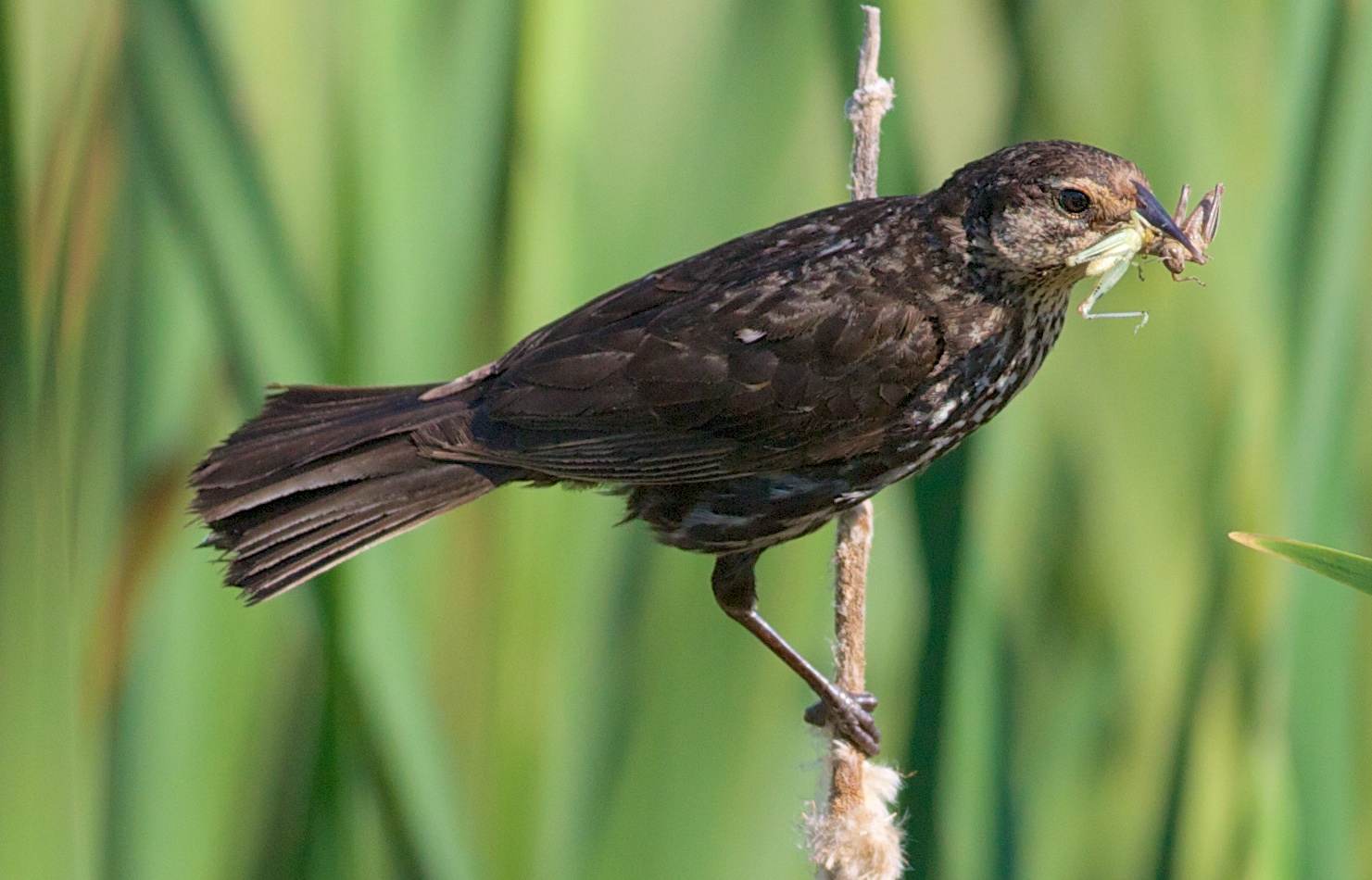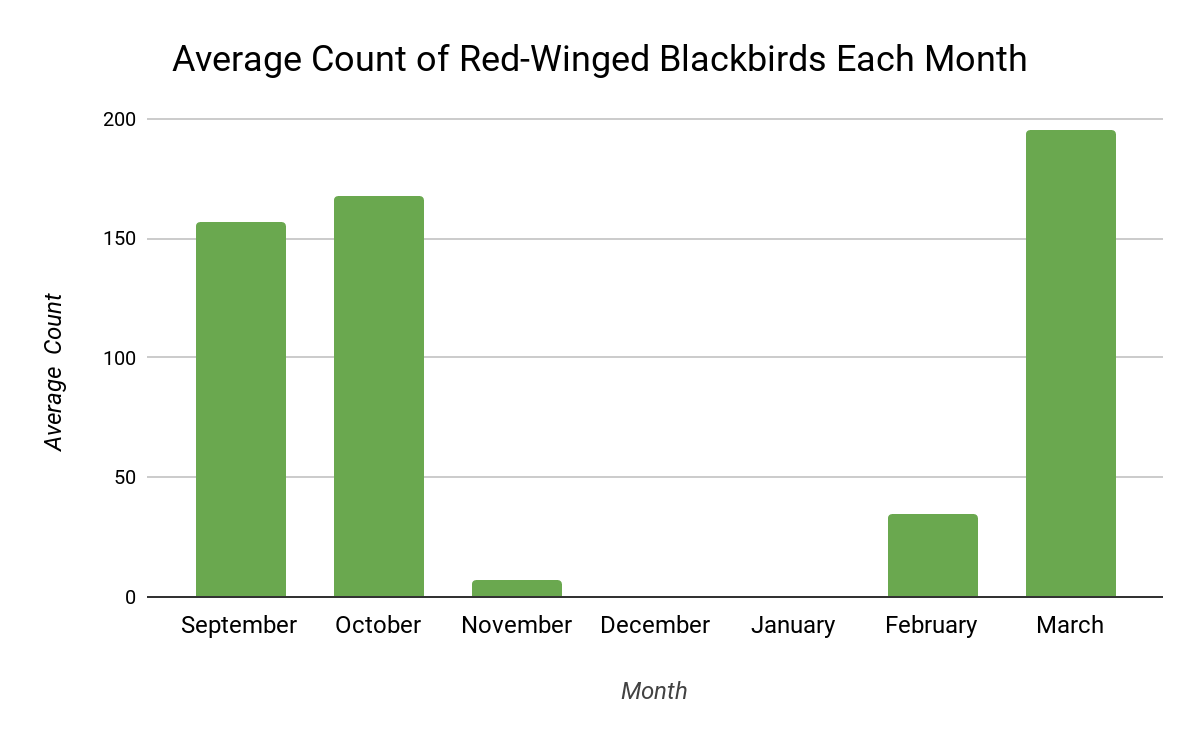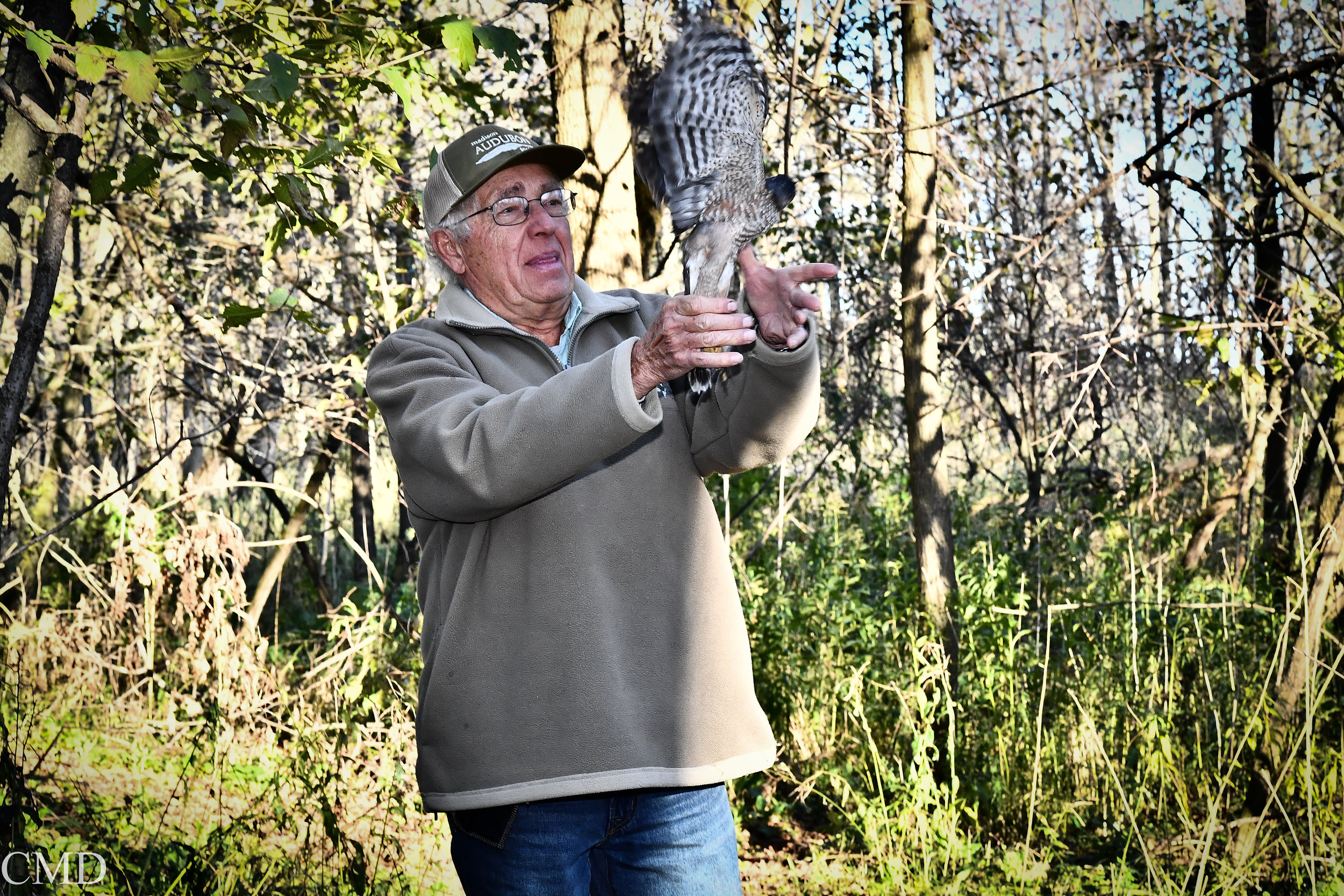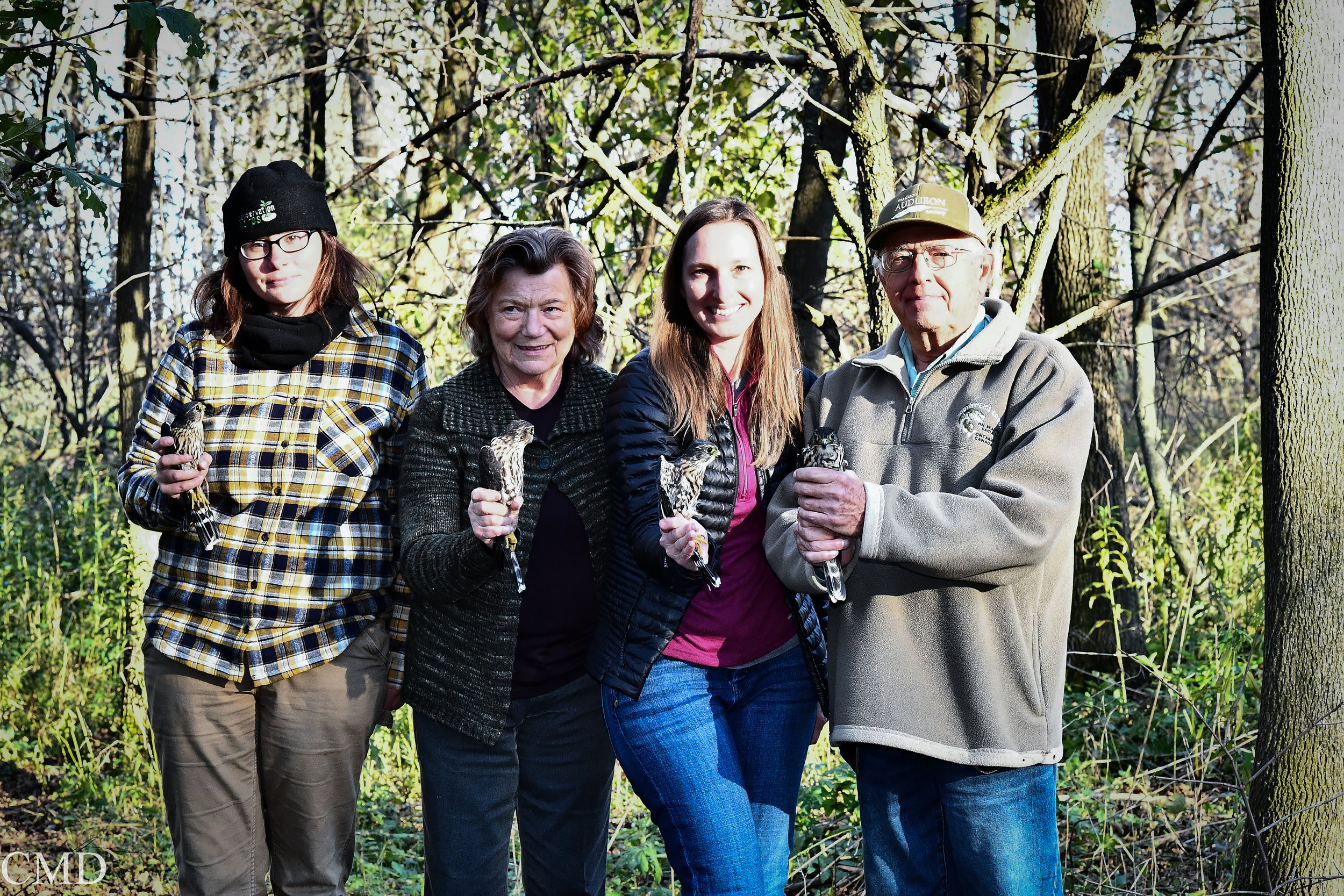As the September sun falls to the horizon, vulnerable duck broods stash themselves into protected knots of emergent vegetation and only the most determined frogs continue to call at the tail end of their breeding season. Summer draws to a close, and arrowhead leaves that cover the pond during the warm season begin to senesce and reveal that there is indeed a large body of water at Goose Pond Sanctuary.
Many of us who are accustomed to seasonal changes notice small transition events. Maple leaves redden at their margins and veins. The first Canada geese return from their molting grounds on Hudson Bay. Morning air becomes crisp. If humans that spend most of their lives indoors can sense these subtleties, imagine the complex signs that wild creatures detect. Their very existence revolves around the seasons.
Blue-winged teal. Photo by Richard Armstrong
Blue-winged teal are first to leave the north. They nest at Goose Pond, and blue wing migrants show up here in August and September accompanied by the first wave of hasty mallards. These small dabbling ducks move toward their wintering grounds in Central and South America by early October. Wood ducks appear as the blue wings leave, and then a multitude of species arrive.
Throughout the month of October and into November, 3,500 ducks from fourteen species used Goose Pond. Mallard numbers increase until a swirling tornado of them can be seen several times a day over the pond and surrounding picked cornfields. Vast flocks undulate like a mirage in the distance. Some uncommon species of note that were sighted this year include the American black duck, northern pintail, redhead, and white fronted goose. Many birds departed on the nights of November 7 and 8 because they understood something that I could never have predicted without modern technology. Much of Goose Pond froze on November 10 when temperatures plummeted to 18 ˚F.
While mostly mallards and Canada geese remained after this cold spell, tundra swans increased on the pond as they migrated out of North Dakota and from the frigid arctic before that. Three species?? That doesn’t sound very impressive. Let’s look at the numbers. Peak counts include 3,000 mallards, 960 Canada geese, 818 tundra swans, and 12 trumpeter swans. 2,500 mallards and 2,500 Canada geese were seen in the air or on Goose Pond daily throughout October and November. One “use day” is each day that an individual uses a habitat. We estimate that from October 1 through November 29, there were 8,000 swan use days. To look at this from a yearly perspective, the pond provides habitat for 22 swans every single day. This statistic doesn’t include spring migration. High bird counts attracted healthy numbers of human observers as well, some of whom had unique experiences.
Near the corner of County Highway K and WIBU Road on Thanksgiving morning, we noticed a small flock of 35 tundra swans feeding in a harvested corn field. About 75 yards away from them, a coyote loped across the field staying parallel to them and looking disinterested. Most of the swans took off and circled back as he kept going. We followed the coyote until he disappeared into a dip in the field. We stopped to see where he went, and he had doubled back across the field even closer to the swans.
-Arlys Caslavka
Last week I spent several hours a day for three days observing Swans and the [at times] clouds of Mallards at Goose Pond Sanctuary. Late afternoon hours were the best as they flew back and forth to a cut cornfield to the south. I parked at the kiosk and facing a stiff wind, Swans were barely 10 yards above me. Occasionally the unmistakable calls of Trumpeters could be heard amidst the Tundras. At late evening and sunset the colors of the the sky reflected on the white birds giving them shades of pastel pinks and oranges. I was sorry to have to leave. At dark most of the swans were back in the sanctuary.
-Terrill Knaack
People often ask why Goose Pond attracts such immense waterfowl numbers. There are several explanations that make sense to me, but none, even in combination, are wholly satisfying. Maybe food is reason enough. Abundant carbohydrates are crucial for migration, and corn grown on rich soil of the Arlington Prairie is a primary food source for many species. Swans tip in Goose Pond to feed on energy rich arrowhead tubers with black paddles waving in the air to maintain balance. Perhaps a ban on hunting is responsible. Hunters occasionally try their luck waterfowl hunting on East Pond (water body to the east of Goose Pond Road causeway). Not a single bird will remain on East Pond while thousands splash around noisily on Goose Pond despite that both bodies are similar in size, cover, and food sources, and they are 30 feet apart. A more romantic notion is that birds have used the pond as a migration stopover for generations, and they visit more for nostalgia than necessity. If anyone has additional theories, I’d love to hear them.
Tundra swans (Cygnus columbianus) in flight. Photo by Terrill Knaack
Geese return at sunset from nearby fields in massive flocks, and they float almost straight down in an attempt to claim some real estate among thousands of birds on a half acre of open water. None of these birds seem to sleep. Hen mallards blare feed chuckles, hail calls, and the obvious quack! Swans whistle and trumpet to each other. Despite below freezing temperatures, Goose Pond retains an open patch due to the sheer number of birds. One night soon as the sky clears of clouds, winter will show itself. Waterfowl must leave when the pond snaps shut, and local populations fall to zero. They will be replaced by a startling type of silence that occurs only after losing thousands of perplexing and charismatic neighbors.
Graham Steinhauer, Goose Pond Sanctuary land steward




























